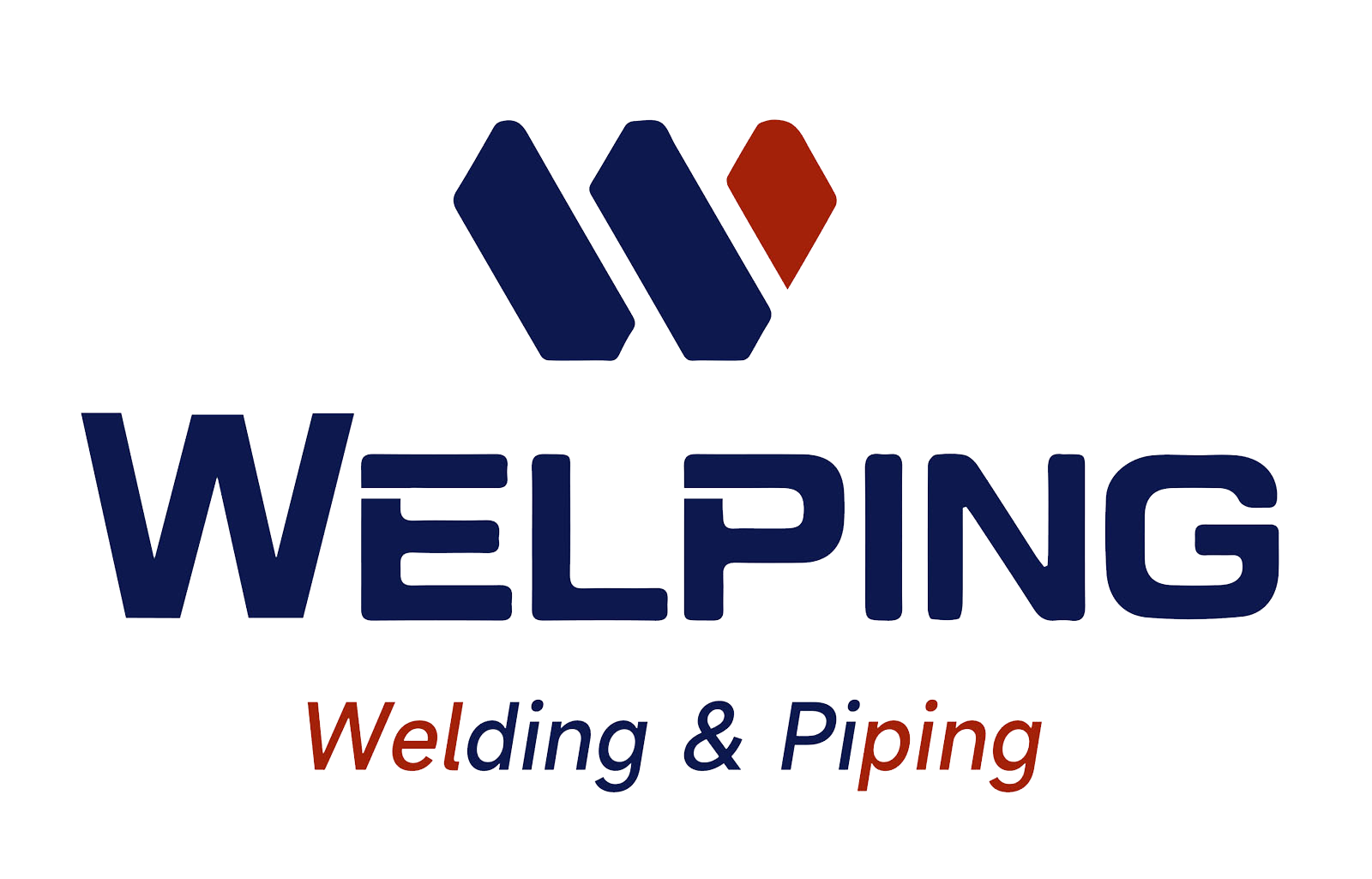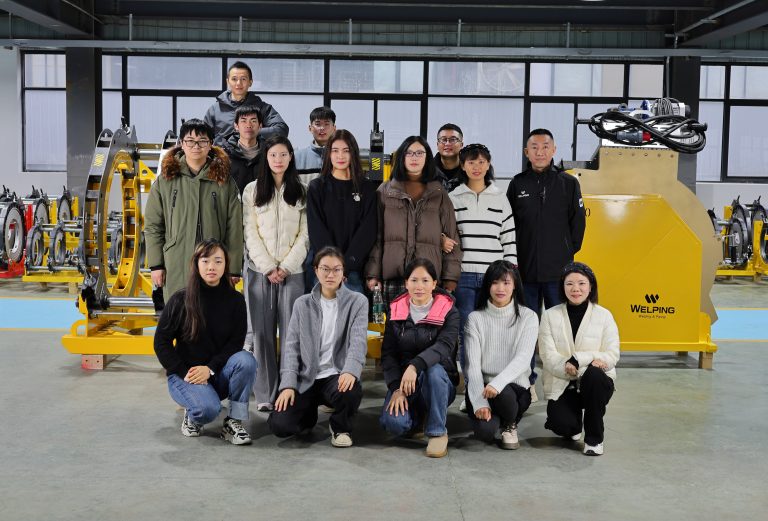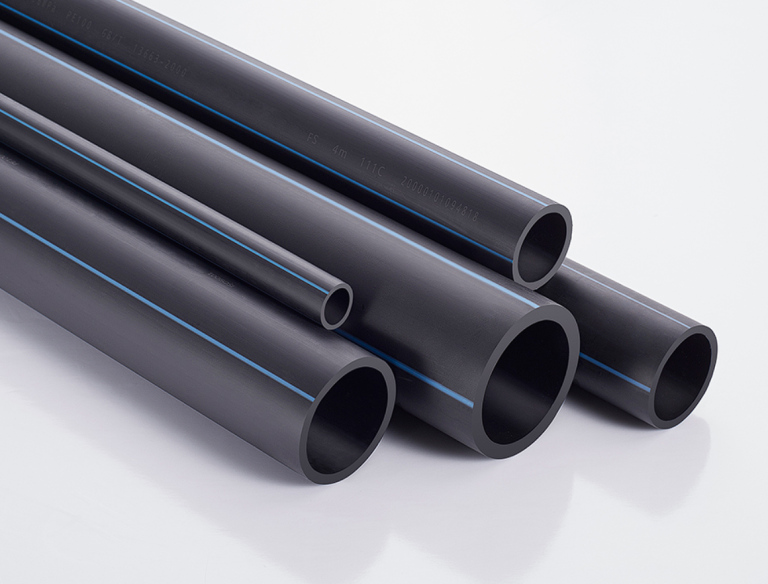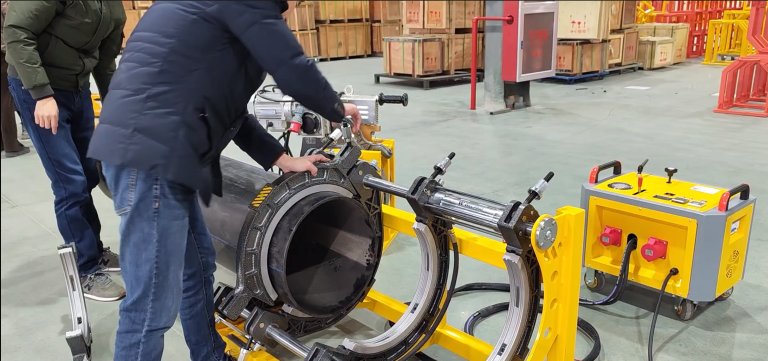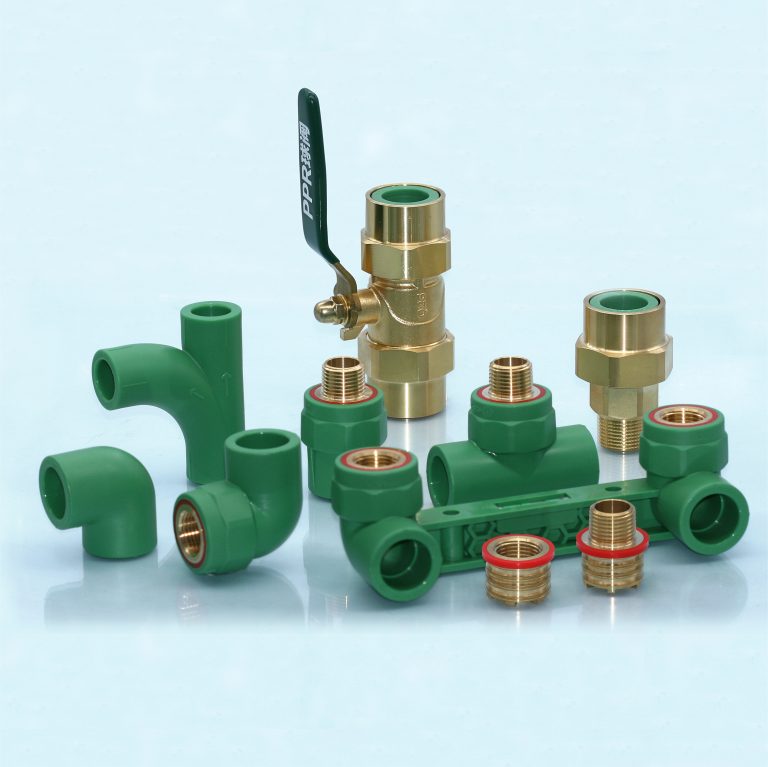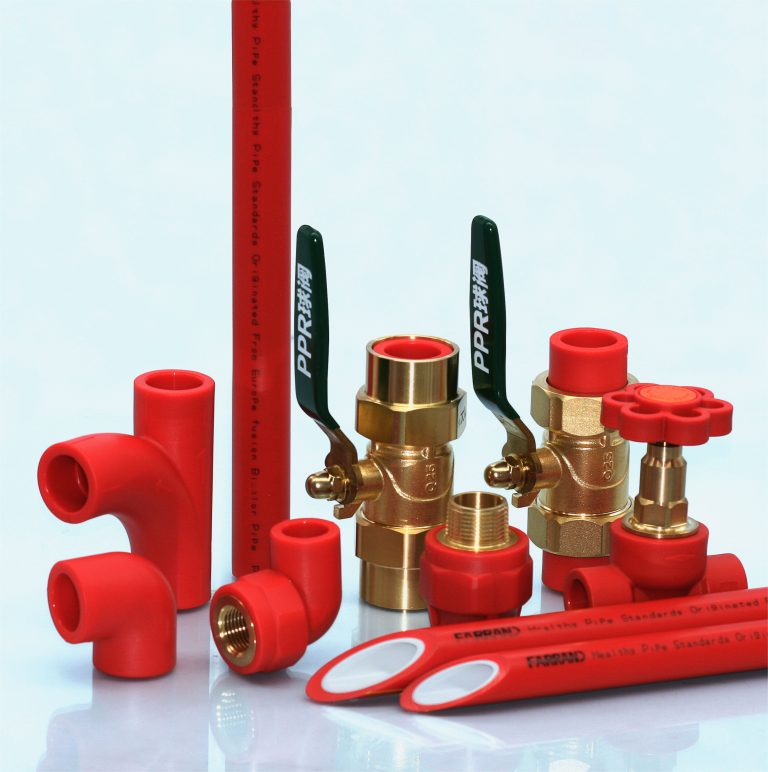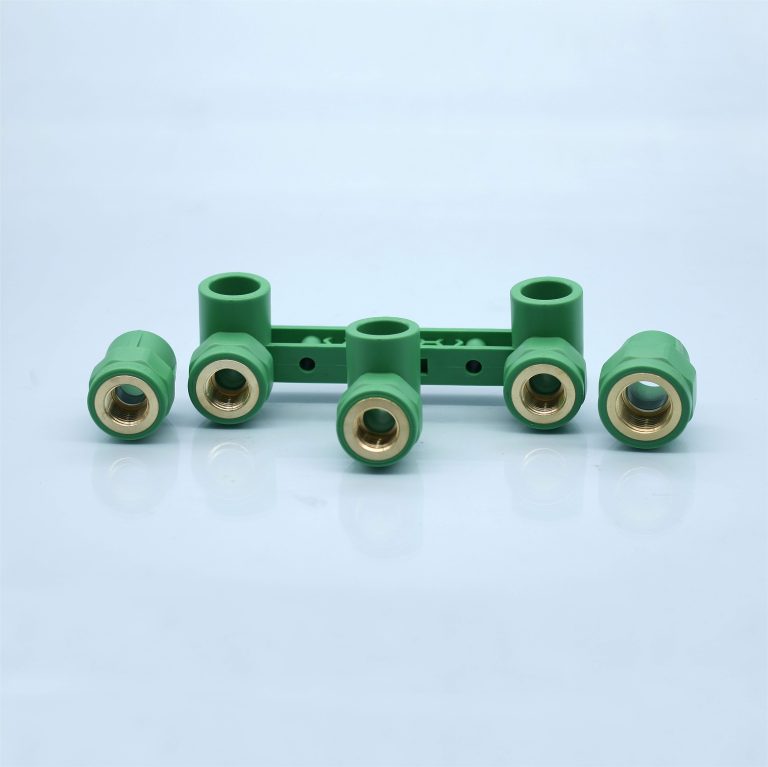Welding is a crucial step in the installation of PPR pipes. To ensure a high-quality connection, pay careful attention to the following key steps:
- Select the Appropriate Welding Tools:
Ensure that the welding device is equipped with the necessary welding tools. The welding sleeve and core rod should have a polytetrafluoroethylene coating to prevent damage to the PTFE layer. During assembly, use an internal hexagon wrench instead of pliers or similar tools.
Recommended models:
- WP32TB/WP63TB/WP110TB
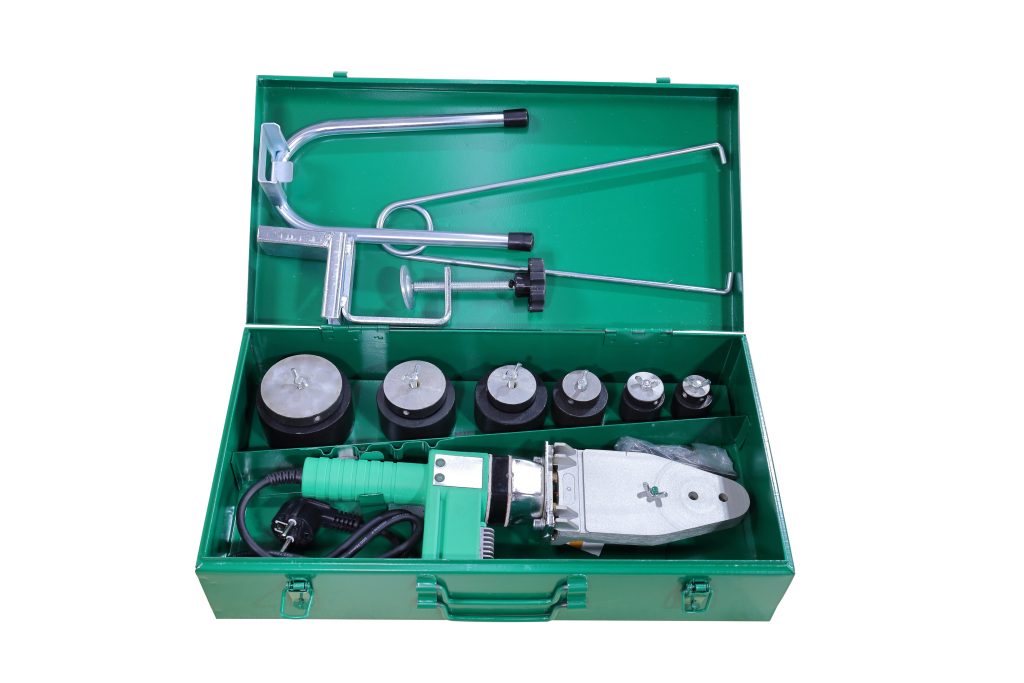
- Turn On the Welding Equipment:
Before starting the welding process, turn on the welding equipment to ensure everything is functioning properly.
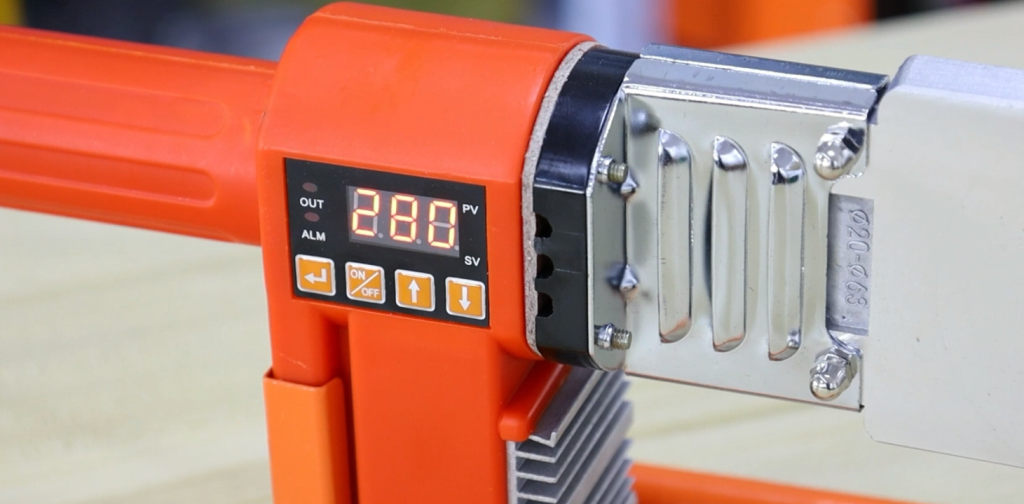
- Check the Pre-welding Temperature:
Use a thermometer or temperature control pin to check the temperature before welding to ensure it is within the appropriate working range.
- Prepare the Pipe End:
Ensure that the pipe end is cut straight using suitable pipe scissors or a utility knife. Clean the pipes, fittings, and welding tools, and if necessary, use a lint-free cloth for cleaning.
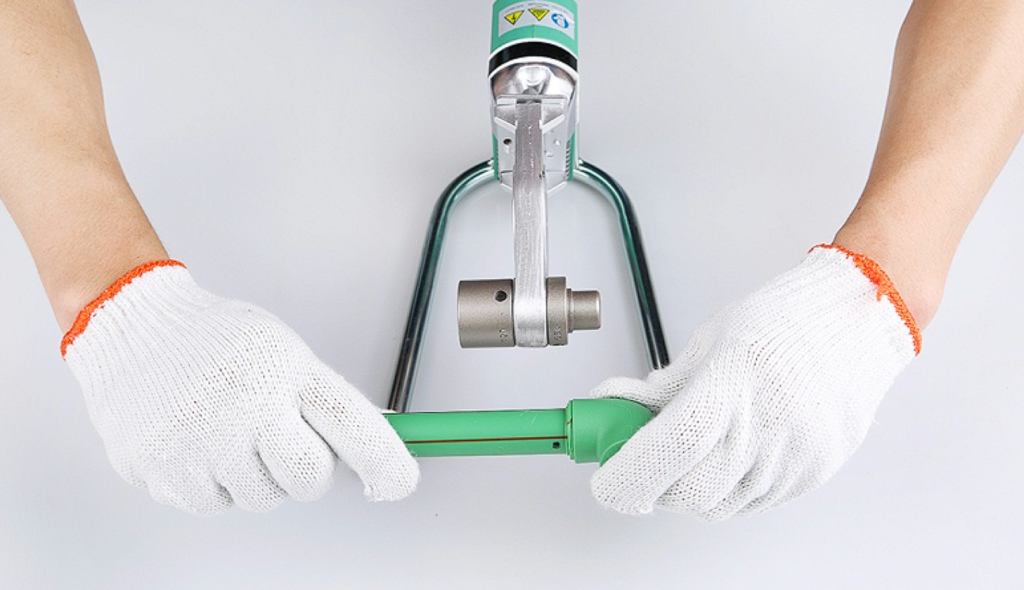
- Swiftly Insert Fittings and Pipes:
Quickly and axially insert the fittings and pipes into the corresponding welding tools, being careful not to twist them. Heat according to the specified time in a pressure-free environment.
- Disassemble and Connect:
After reaching the specified heating time, promptly disassemble the fittings and pipes from the heating element and immediately connect them together. Push them together until the insertion depth or mark is reached. Use dual rollers to provide visual guidance for proper welding. Line markings ensure the alignment of the pipes.
- Avoid Applying Pressure:
Do not apply pressure at the welding connection until the cooling period is complete.
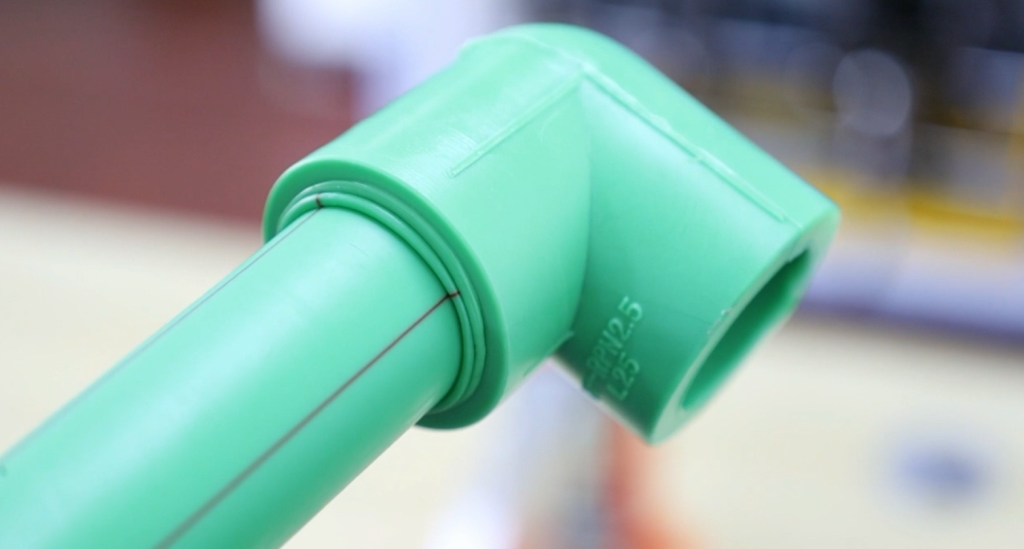
- Clean Welding Tools:
If necessary, clean the welding tools after each use to ensure optimal performance for the next use.
These steps aim to provide a comprehensive guide for PPR pipe welding, ensuring the quality and stability of the weld. Before initiating the welding process, it is crucial to read and adhere to the relevant safety and operating manuals.
